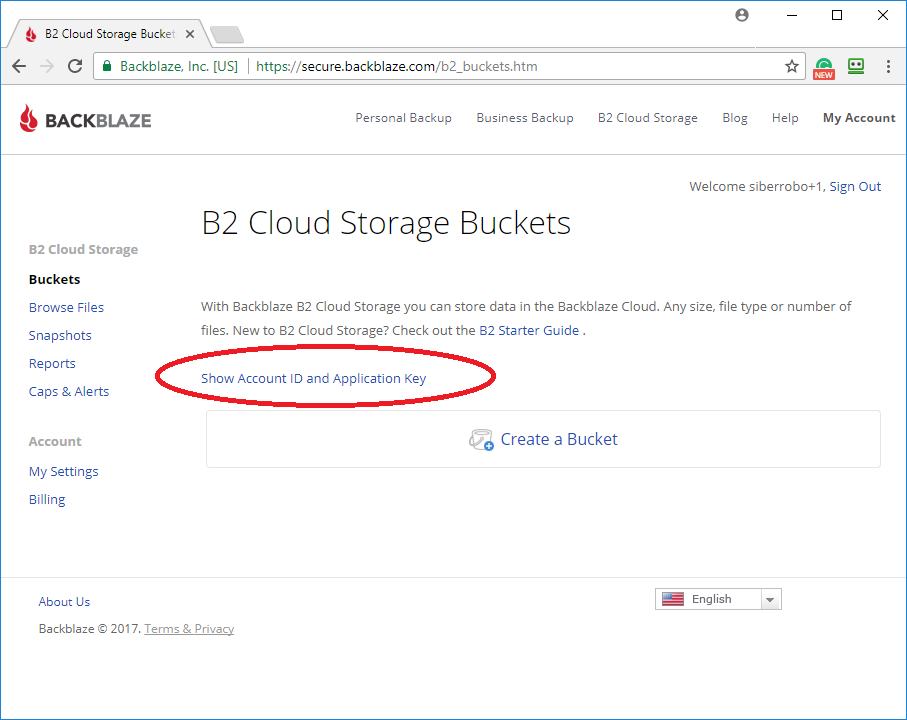
If the upload request fails because the pod is too busy, the token is discarded and the request is retried after acquiring another token from the queue (or from B2 if the queue is empty). When the request successfully completes, the token used by that request is enqueued so that a future request may reuse it. When a new upload request starts, a token is dequeued from this buffer (or a new token is acquired if the queue is empty). Under the hood, there is a queue of upload URL/token pairs per bucket and per outstanding large-file upload. This function automatically handles these expected failure scenarios by taking any appropriate action and retrying the failed request. Additionally, a token may stop working at any time, which the server signals with a 503 error. log ) Feature introduction Upload token managementī2 requires a separate upload URL and authorization token for each concurrent upload request re-using a token that is currently being used by an outstanding request will return a 400 error.

uploadAny = require ( ) const b2 = new B2 (, console. This is necessary to facilitate retries when a token expires.)Ĭonst B2 = require ( 'backblaze-b2' ) B2. (When the data is provided as a stream, some sections of the stream may be buffered in memory. Automatic large-file uploads: If uploaded data is larger than a specified threshold, it will be automatically uploaded in multiple pieces using B2's large file APIs.This case has unique optimizations not possible with stream objects. File support: Files on disk can be uploaded.Stream support: Uploaded files can be provided as streams.The interrupted upload will be transparently retried. Automatic re-authorization: A 401 error will cause automatic re-authorization.The retry-after HTTP response header is respected. Consecutive errors will result in exponential backoff.

Intelligent auto-retry: If the destination pod is too busy to receive an upload, it will automatically be retried after obtaining a new upload token.Upload token management: Maintains a bucket of previously-used upload tokens that can be reused for future requests, allowing vastly-simplified parallel uploads without having to manually manage upload tokens.This function can upload buffers, streams, and local files, and automatically uses B2's large file upload mechanism when appropriate. Please review the contributing guidelines for details.Intelligent upload function to be used with the backblaze-b2 module. As of 1.0.0, the first parameter is now expected to be a plain Object of arguments.Ĭontributions, suggestions, and questions are welcome. In v0.9.x, b2.downloadFileById() accepted a fileId parameter as a String or Number.However, progress reporting is still available by passing a callback function into the b2.method() that you're calling. Because we are no longer using the same promise library, this functionality has been removed.

In v0.9.12, we added request progress reporting via the third parameter to then().Where previously, the request response data was the root object in the promise resolution ( res), this data now resides in res.data. The Promise resolution has a different data structure.
#Backblaze b2 code#
However, there are a couple changes that will break your code and ruin your day. Upgrading from 0.9.x to 1.0.xįor this update, we've switched the back end HTTP request library from request to axios as it has better Promise and progress support built in. See the CHANGELOG for a history of updates. Const B2 = require ( 'backblaze-b2' ) const b2 = new B2 ( ) Changes


 0 kommentar(er)
0 kommentar(er)
